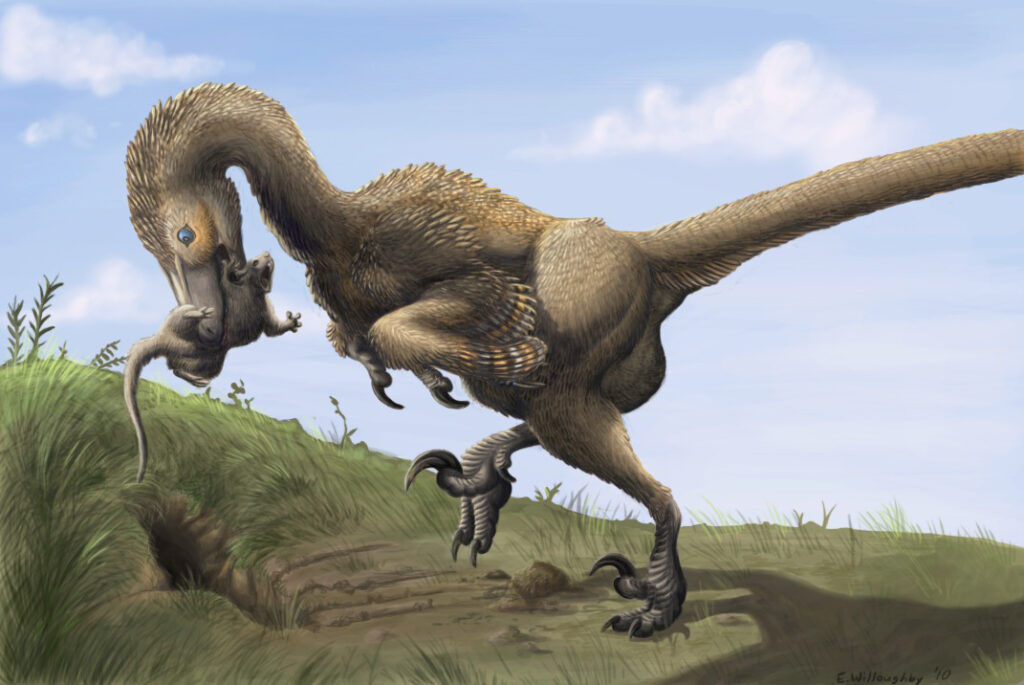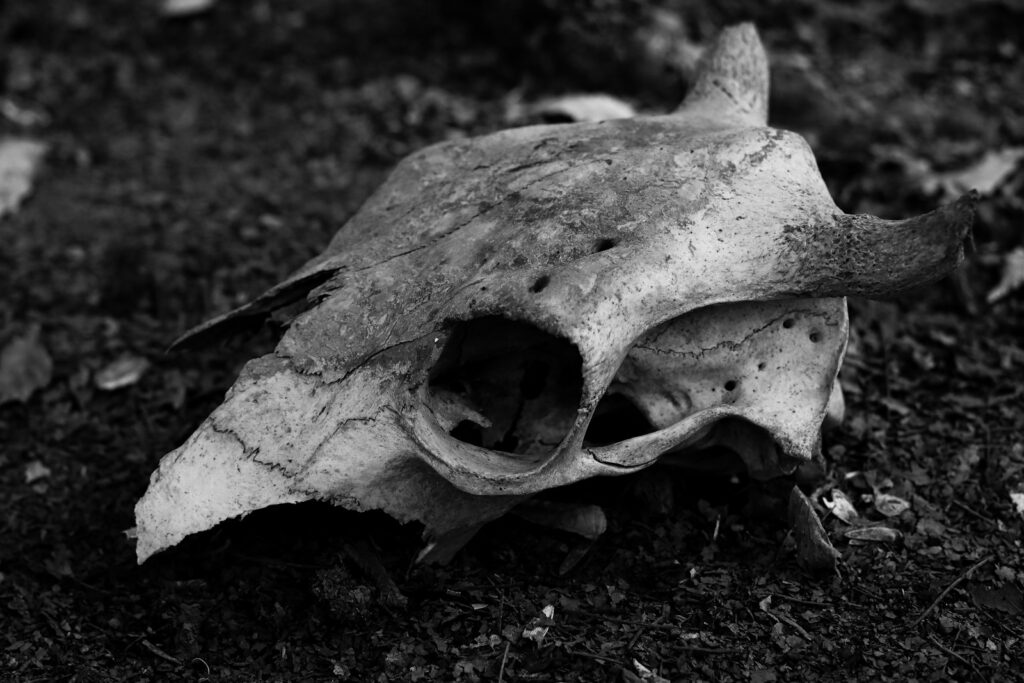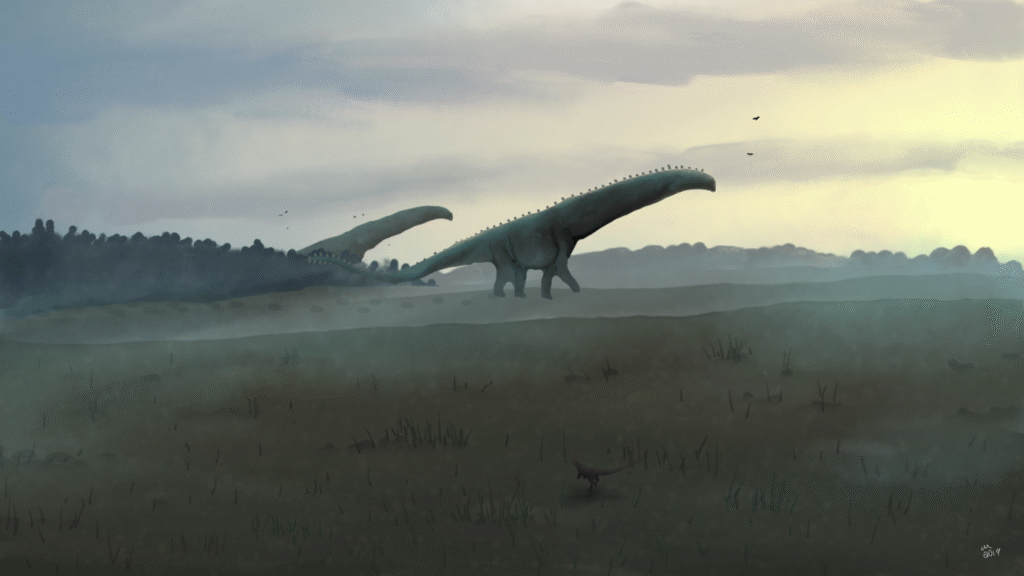Imagine a world where death comes from above on silent wings, where every shadow could hide a feathered killer, and where survival depends on split-second decisions. This was the reality for countless species during the age of dinosaurs, when raptors ruled the skies and stalked the earth with deadly precision. The story of how prey animals adapted to these feathered predators is one of evolution’s most fascinating arms races, where creativity and desperation drove remarkable innovations in defense.
The Dawn of Terror: When Feathers First Meant Death
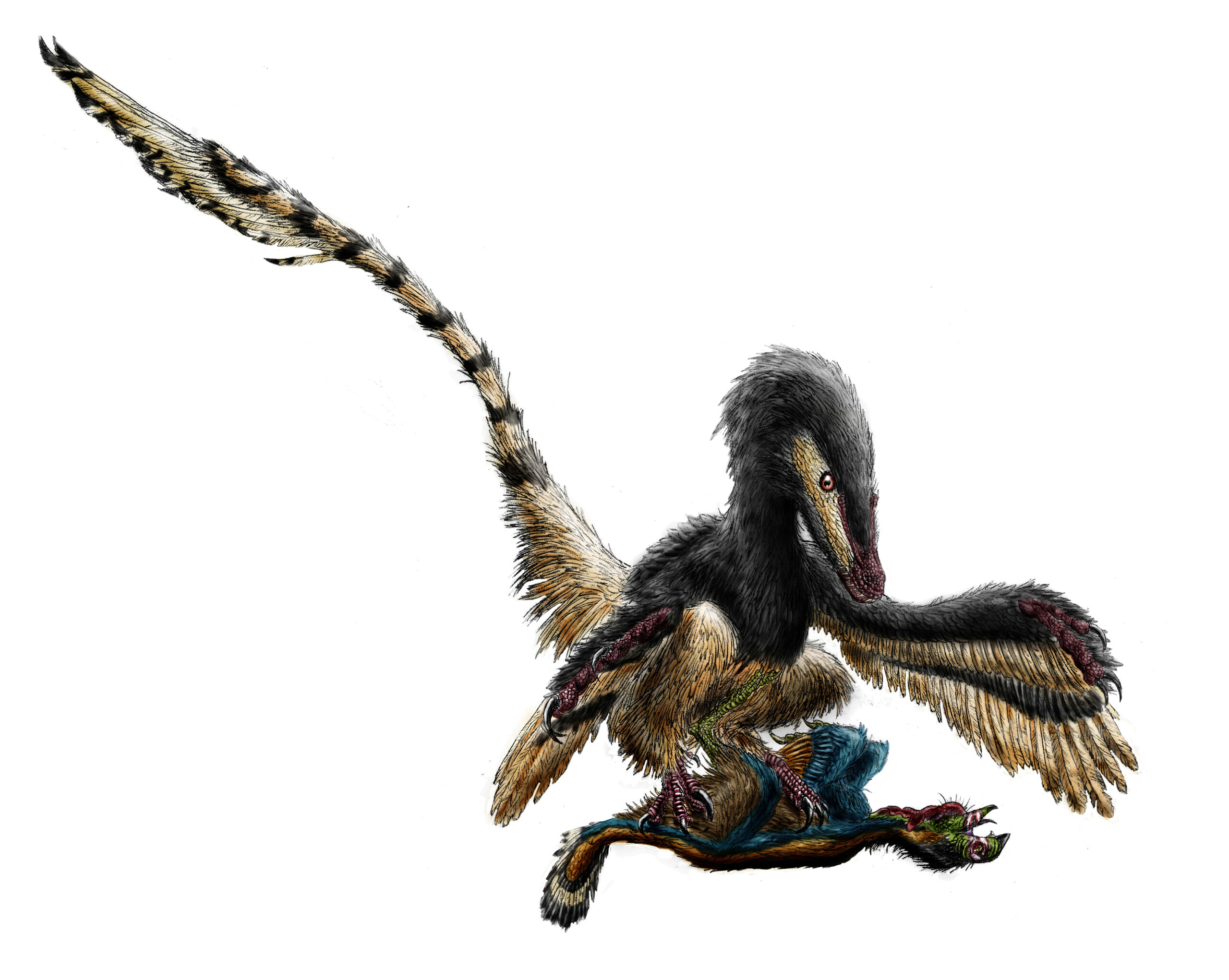
The emergence of feathered raptors fundamentally changed the game of survival for countless species. These weren’t just your average predators – they combined the stealth of modern birds with the killing power of wolves, creating a perfect storm of evolutionary pressure.
Early prey species faced an unprecedented challenge: predators that could strike from multiple dimensions. Unlike their ground-bound predecessors, feathered raptors could leap incredible distances, glide between trees, and later take to the skies entirely. This three-dimensional threat forced prey animals to develop equally innovative responses.
The fossil record reveals evidence of rapid evolutionary changes in prey species during this period. Many developed enhanced sensory systems, with larger eye sockets and more complex inner ear structures appearing in the archaeological timeline. These changes weren’t gradual – they happened relatively quickly in geological terms, suggesting intense selective pressure.
Eyes in the Back of Your Head: Revolutionary Vision Adaptations
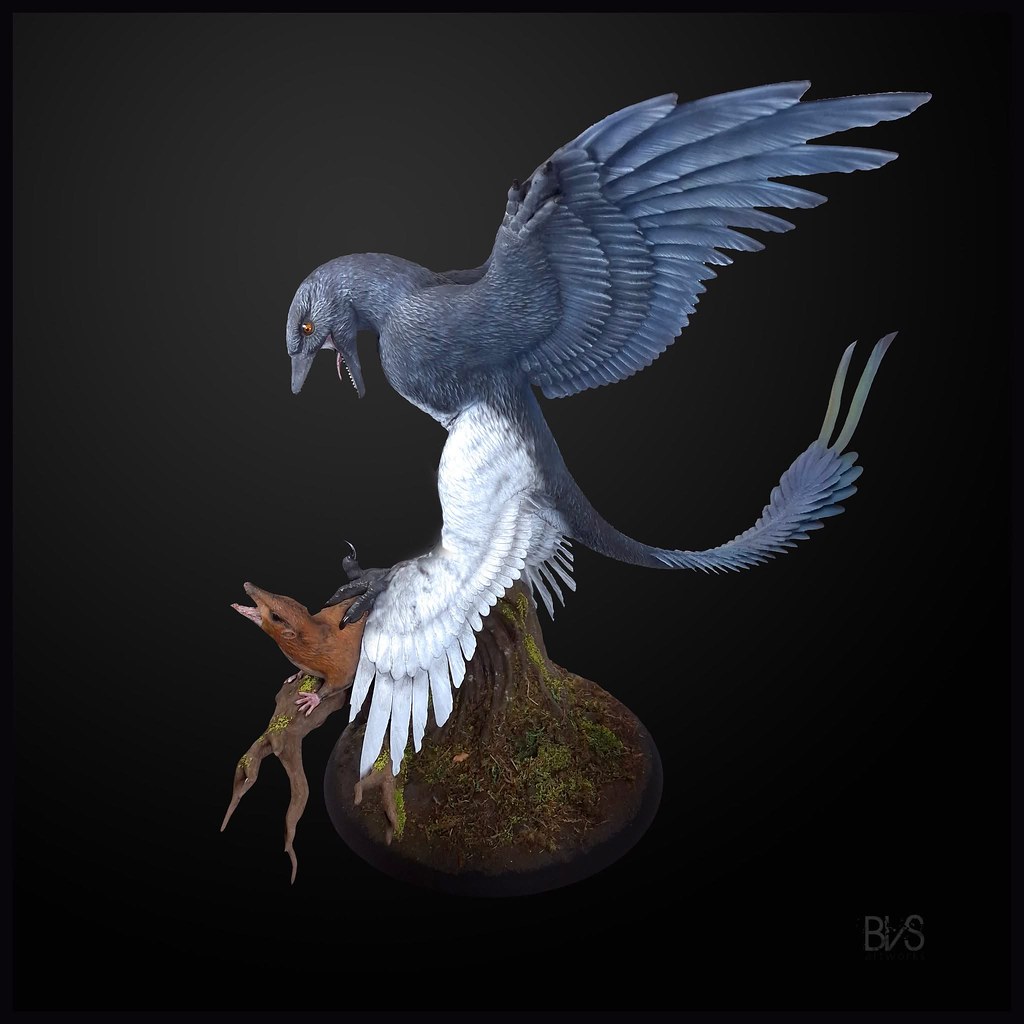
The most immediate response to aerial predators was the evolution of superior vision systems. Prey animals developed remarkably sophisticated visual adaptations that would make modern security systems jealous.
Many species evolved eyes positioned for maximum peripheral vision, allowing them to detect movement from nearly every angle. Some small mammals developed eyes so large relative to their body size that they resembled living surveillance cameras. The positioning of these eyes often created blind spots directly behind the animal, leading to the evolution of highly flexible necks that could rotate nearly completely around.
Color vision also became crucial during this period. Many prey species developed the ability to distinguish between the subtle color variations of feathers and foliage, helping them spot camouflaged predators. This arms race of vision led to increasingly complex eye structures, with some species developing multiple types of photoreceptors that could detect polarized light and ultraviolet patterns invisible to their predators.
The Art of Disappearing: Camouflage Revolution
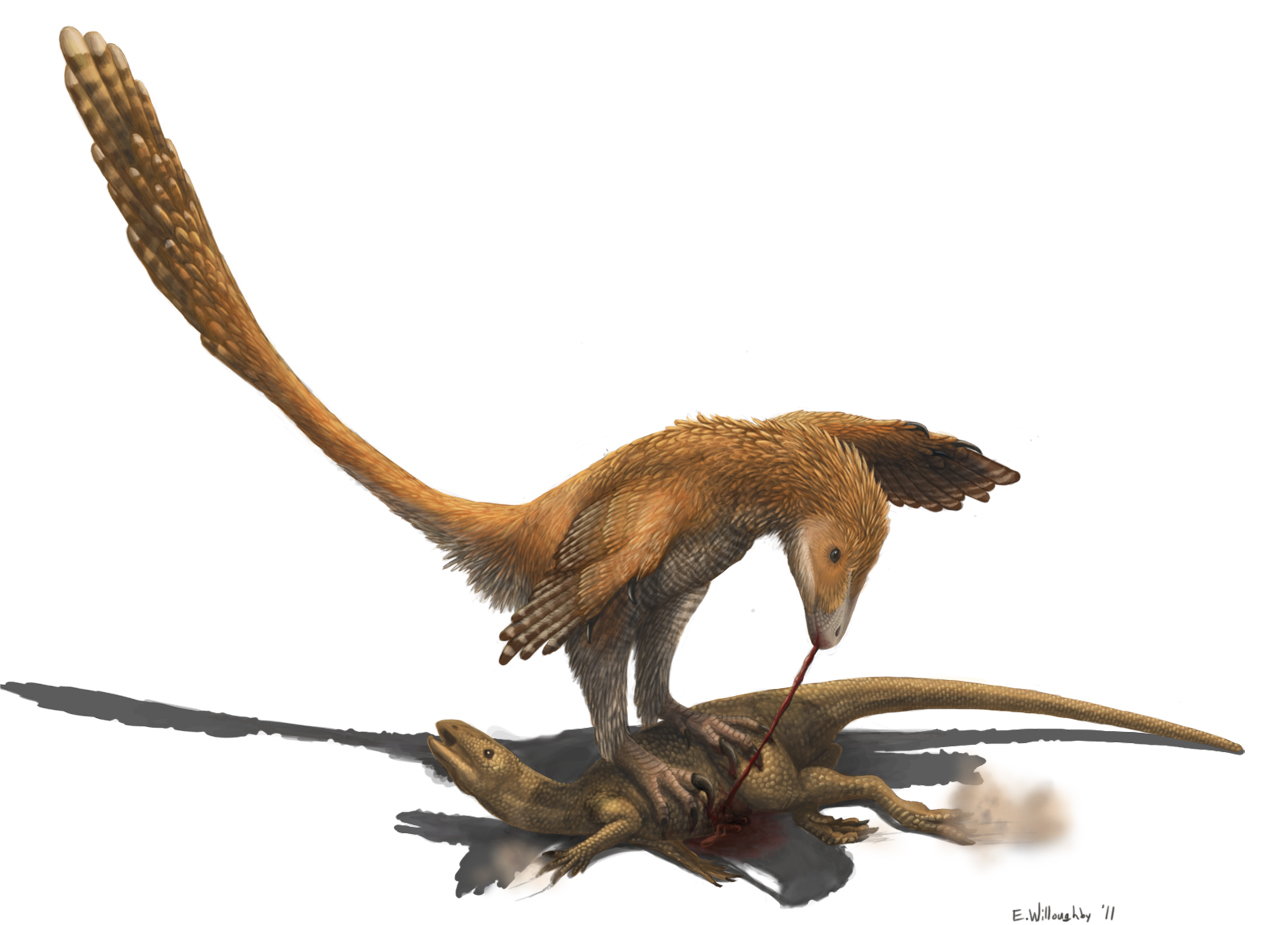
When you can’t outrun death, the next best strategy is to become invisible. The pressure from feathered predators sparked a camouflage revolution that produced some of nature’s most incredible disguise artists.
Prey species developed camouflage patterns that went far beyond simple color matching. Some evolved complex disruptive patterns that broke up their body outline, making it difficult for predators to distinguish where the animal ended and the environment began. Others developed seasonal color changes, shifting their appearance to match different environmental conditions throughout the year.
The most remarkable adaptations involved behavioral camouflage. Many species learned to freeze in specific postures that mimicked rocks, fallen logs, or vegetation. Some even developed the ability to change their body shape slightly, compressing or expanding certain features to better match their surroundings. This combination of visual and behavioral camouflage created nearly perfect invisibility for those who mastered it.
Speed Demons: The Need for Velocity
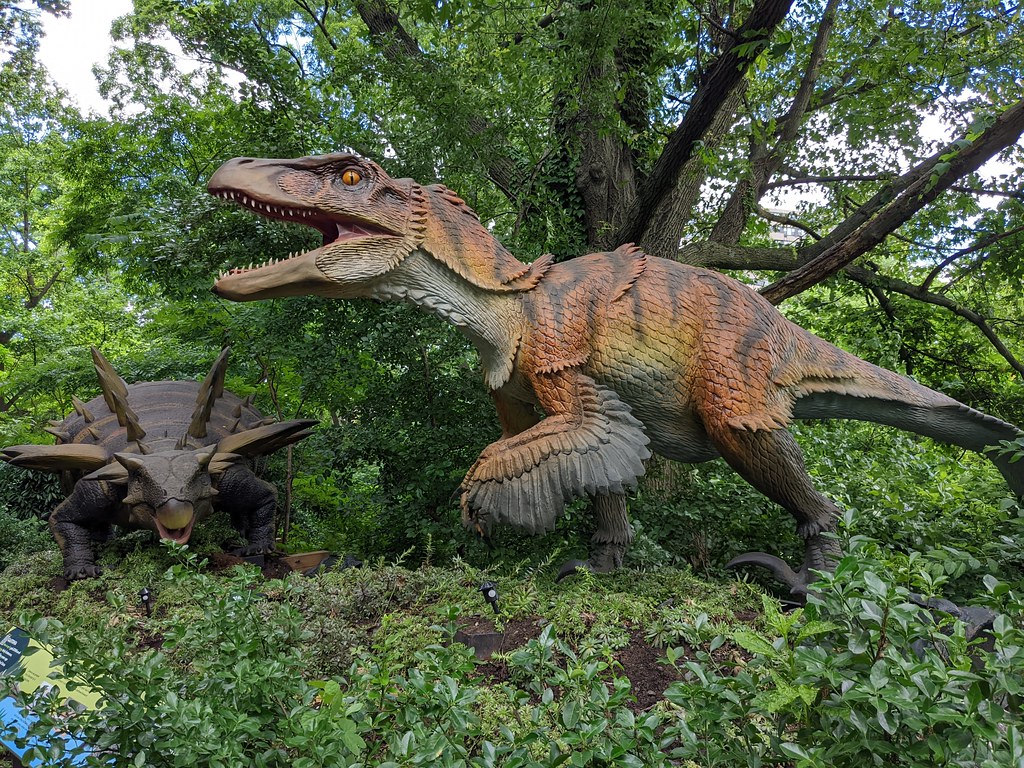
For many prey species, the answer to feathered death was simply to run faster than anything else on Earth. The evolutionary pressure from raptors created some of the most impressive speed adaptations in natural history.
Leg modifications became extreme during this period. Many species developed longer, more powerful limbs with enhanced muscle attachment points. The bone structure of these animals shows adaptations for maximum efficiency in locomotion, with hollow bones in some cases to reduce weight while maintaining strength. Some species evolved specialized toe configurations that provided better traction on various surfaces.
The cardiovascular systems of these speed-adapted prey animals underwent remarkable changes. Enhanced heart capacity, improved oxygen delivery systems, and more efficient muscle fiber arrangements allowed sustained high-speed running. Some species could maintain near-maximum velocity for extended periods, outlasting their predators through sheer endurance rather than peak speed.
Strength in Numbers: The Evolution of Herding
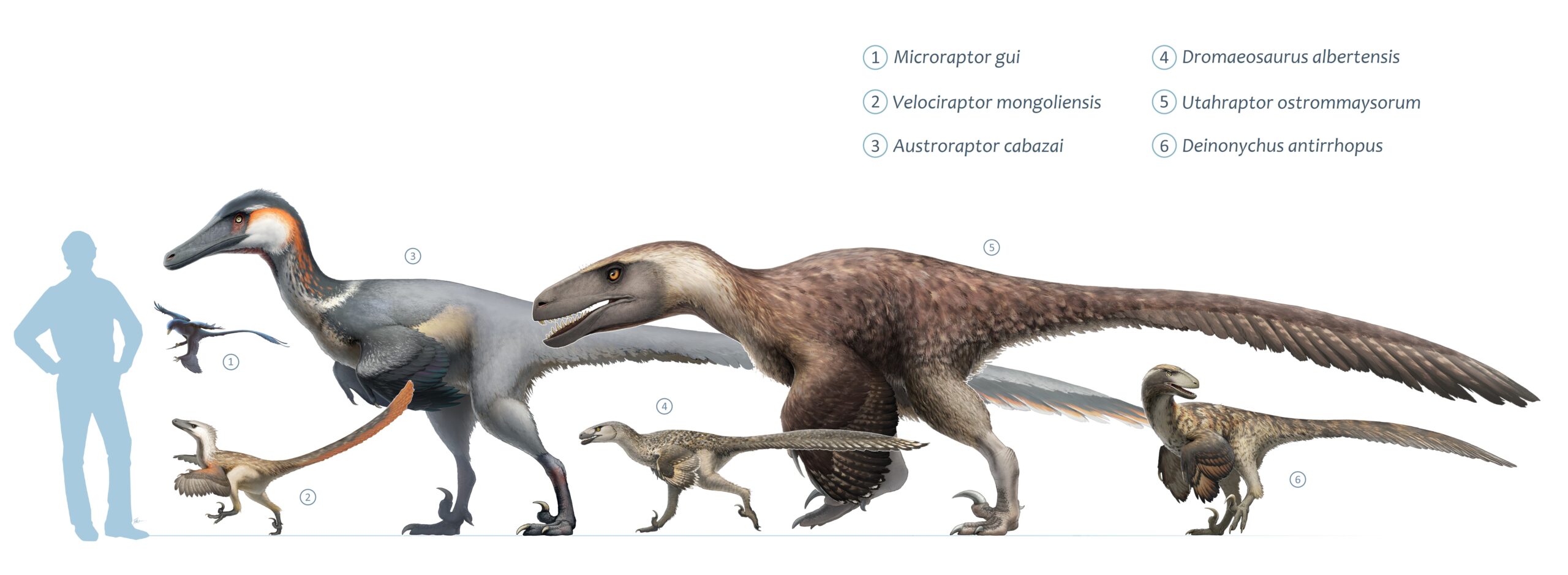
Individual survival became increasingly difficult as feathered predators perfected their hunting techniques. This pressure drove the evolution of complex social structures and herding behaviors that dramatically improved survival rates.
Group living provided multiple advantages beyond simple numbers. Herds developed sophisticated communication systems, with different calls for different types of threats. Some species evolved specialized roles within the group, with certain individuals serving as dedicated sentries while others focused on foraging. This division of labor allowed the group to maintain constant vigilance without sacrificing feeding efficiency.
The geometry of herding also evolved in response to aerial threats. Many species developed specific formation patterns that maximized protection while maintaining mobility. These formations often placed the most vulnerable individuals in the center, surrounded by layers of more capable defenders. Some herds even developed coordinated movement patterns that made it difficult for predators to single out individual targets.
Underground Sanctuaries: The Rise of Burrowing
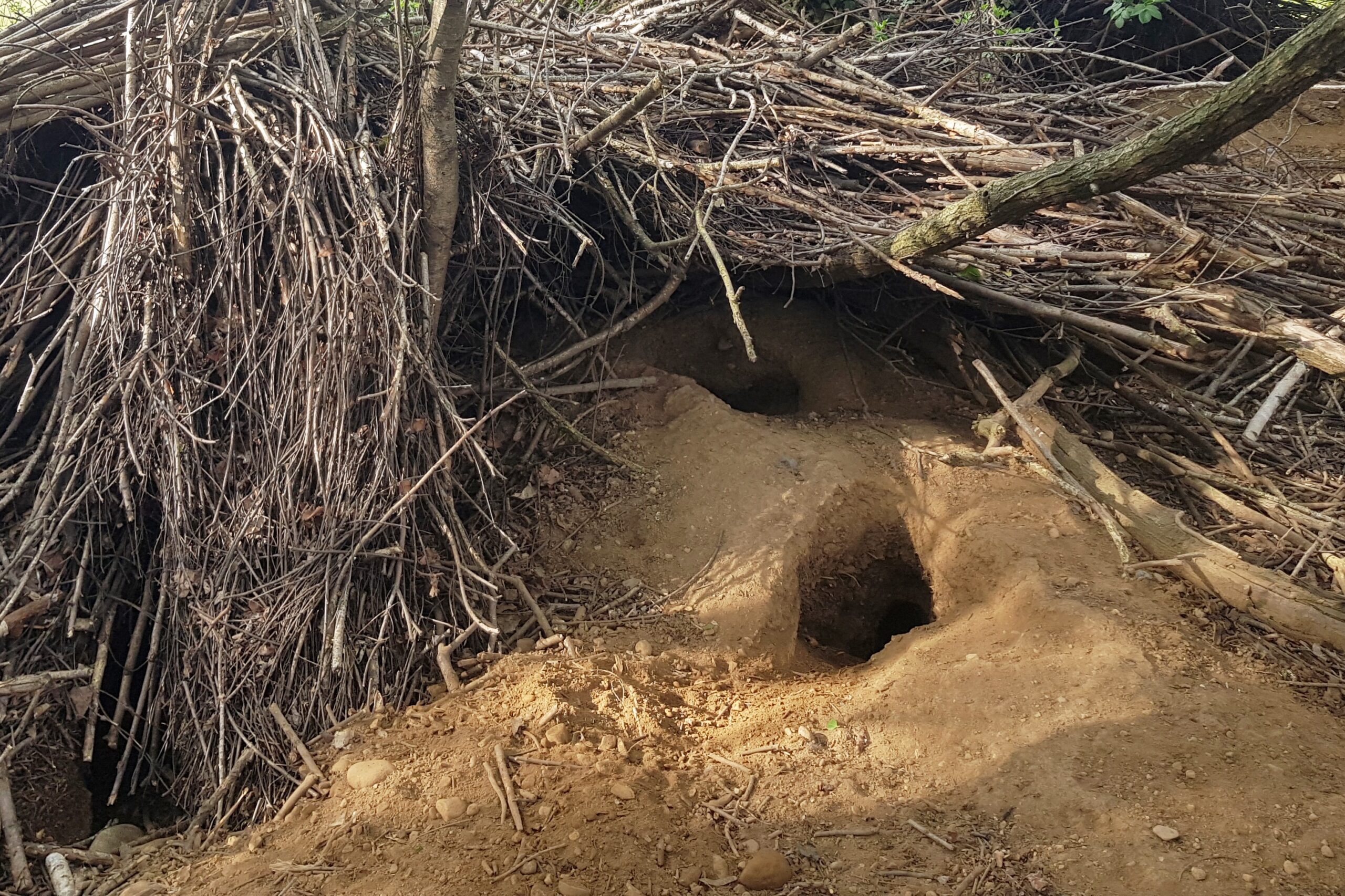
When the surface world became too dangerous, many prey species took their survival strategies underground. The evolution of burrowing behaviors and anatomical adaptations created entirely new ecosystems beneath the earth.
Specialized digging adaptations appeared rapidly in the fossil record. Species developed powerful forelimbs with reinforced claws, compact body shapes that reduced resistance in tunnels, and enhanced sensory systems adapted for underground navigation. Some evolved the ability to sense vibrations through solid ground, allowing them to detect approaching predators from considerable distances.
Burrow architecture became increasingly sophisticated. Many species created complex tunnel systems with multiple entrances and exits, escape routes, and specialized chambers for different activities. Some developed communal burrow networks that entire populations could inhabit, creating underground cities that provided safety through collective defense and shared resources.
Chemical Warfare: Poison and Deterrent Evolution
The pressure from feathered predators drove some prey species to develop chemical defenses that turned their own bodies into weapons. These adaptations represented some of the most creative solutions to the predator problem.
Poison production evolved in various forms across different species. Some developed toxic skin secretions that made them unpalatable or dangerous to consume. Others evolved the ability to concentrate toxins from their food sources, becoming living repositories of dangerous chemicals. These adaptations were often accompanied by warning coloration that advertised their toxicity to potential predators.
Chemical communication also became more sophisticated. Many species developed scent marking systems that could warn others of danger, mark safe territories, or coordinate group responses to threats. Some evolved the ability to release alarm pheromones that would alert nearby individuals to the presence of predators, creating a chemical early warning system.
Armor and Spikes: Physical Defense Innovations
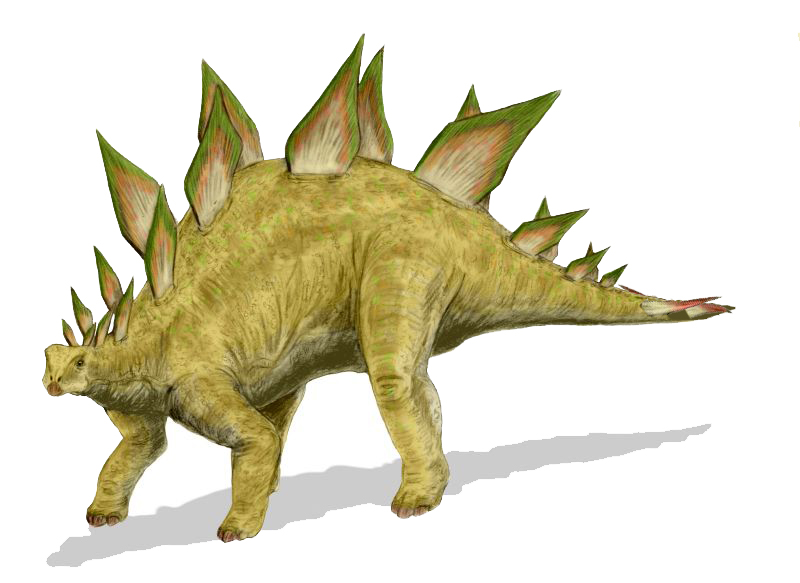
Some prey species took a more direct approach to survival, developing physical defenses that turned them into living fortresses. These adaptations represented a shift from avoidance to confrontation in the evolutionary arms race.
Armor development took many forms, from thickened hide to actual bony plates and scales. Some species evolved spines, quills, or other projections that made them difficult or dangerous to grasp. These defenses were often most pronounced around vital areas like the neck and back, where aerial predators typically struck.
The most impressive adaptations involved active defense mechanisms. Some species developed the ability to erect spines or quills when threatened, transforming from seemingly harmless creatures into formidable opponents. Others evolved tail weapons or defensive postures that could inflict serious damage on attacking predators. These adaptations often came with behavioral modifications that maximized their effectiveness.
Timing is Everything: Behavioral Adaptations
Beyond physical changes, prey species developed sophisticated behavioral adaptations that helped them avoid feathered predators. These learned and instinctive behaviors often meant the difference between life and death.
Activity patterns shifted dramatically in response to predator behavior. Many species became primarily nocturnal, taking advantage of reduced visibility to move and forage safely. Others developed crepuscular habits, being most active during dawn and dusk when many predators were less active. Some species even developed seasonal behavioral changes, altering their activity patterns based on predator migration or breeding cycles.
Feeding behaviors also evolved in response to predation pressure. Many species developed rapid feeding techniques that minimized exposure time, while others learned to feed in locations that provided natural protection from aerial attacks. Some evolved the ability to cache food in secure locations, reducing the need for dangerous foraging trips.
The Sound of Silence: Acoustic Adaptations
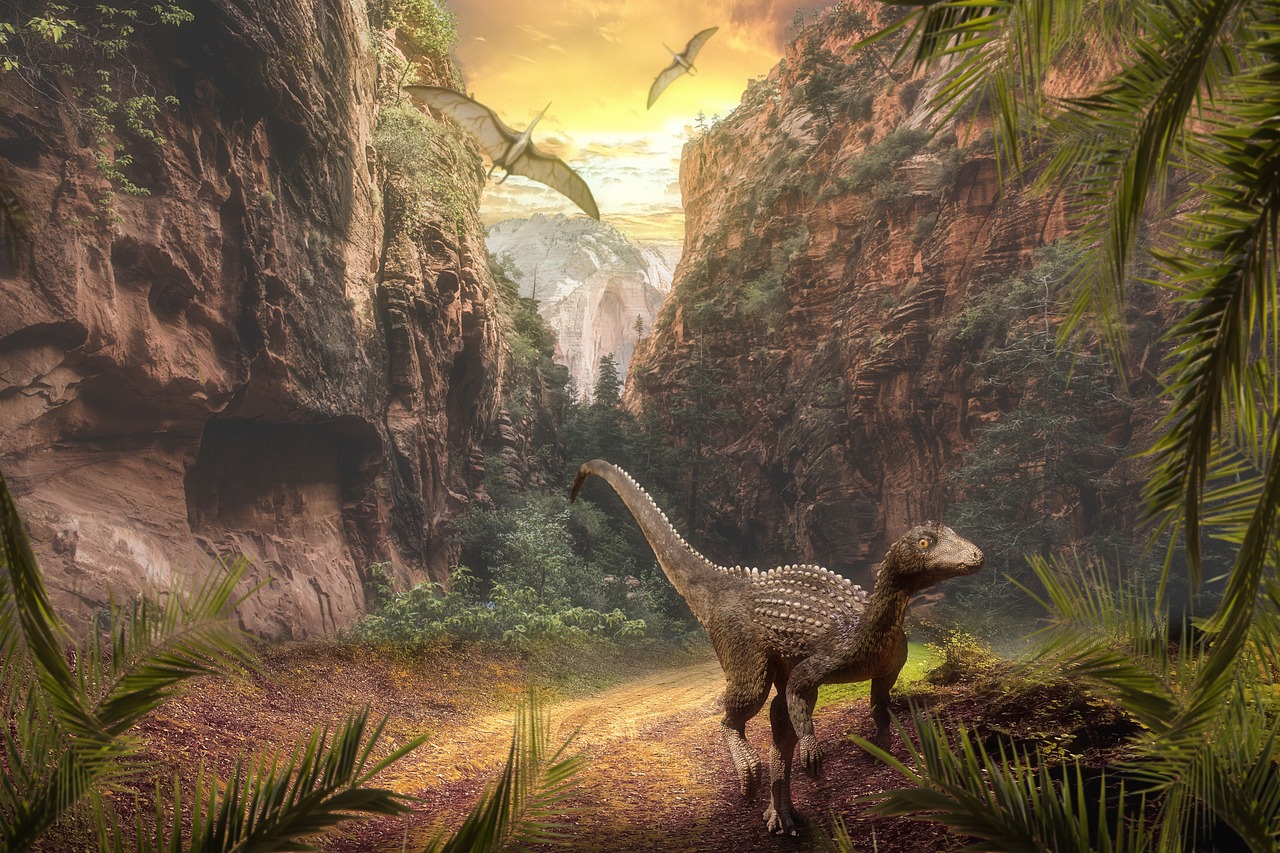
Sound became both a weapon and a vulnerability in the battle between predator and prey. Prey species developed remarkable acoustic adaptations that helped them survive in a world where noise could mean death.
Many species evolved enhanced hearing abilities that could detect the subtle sounds of approaching predators. Some developed the ability to hear ultrasonic frequencies, while others became sensitive to the specific acoustic signatures of different predator species. These adaptations often involved structural changes to the inner ear and associated neural processing centers.
Sound production also became more sophisticated. Many species developed silent movement techniques, learning to move without creating noise that might attract predators. Others evolved communication systems that used frequencies or patterns that were difficult for predators to detect or interpret. Some species even developed the ability to mimic sounds from their environment, using acoustic camouflage to hide their presence.
Size Matters: Scaling Solutions
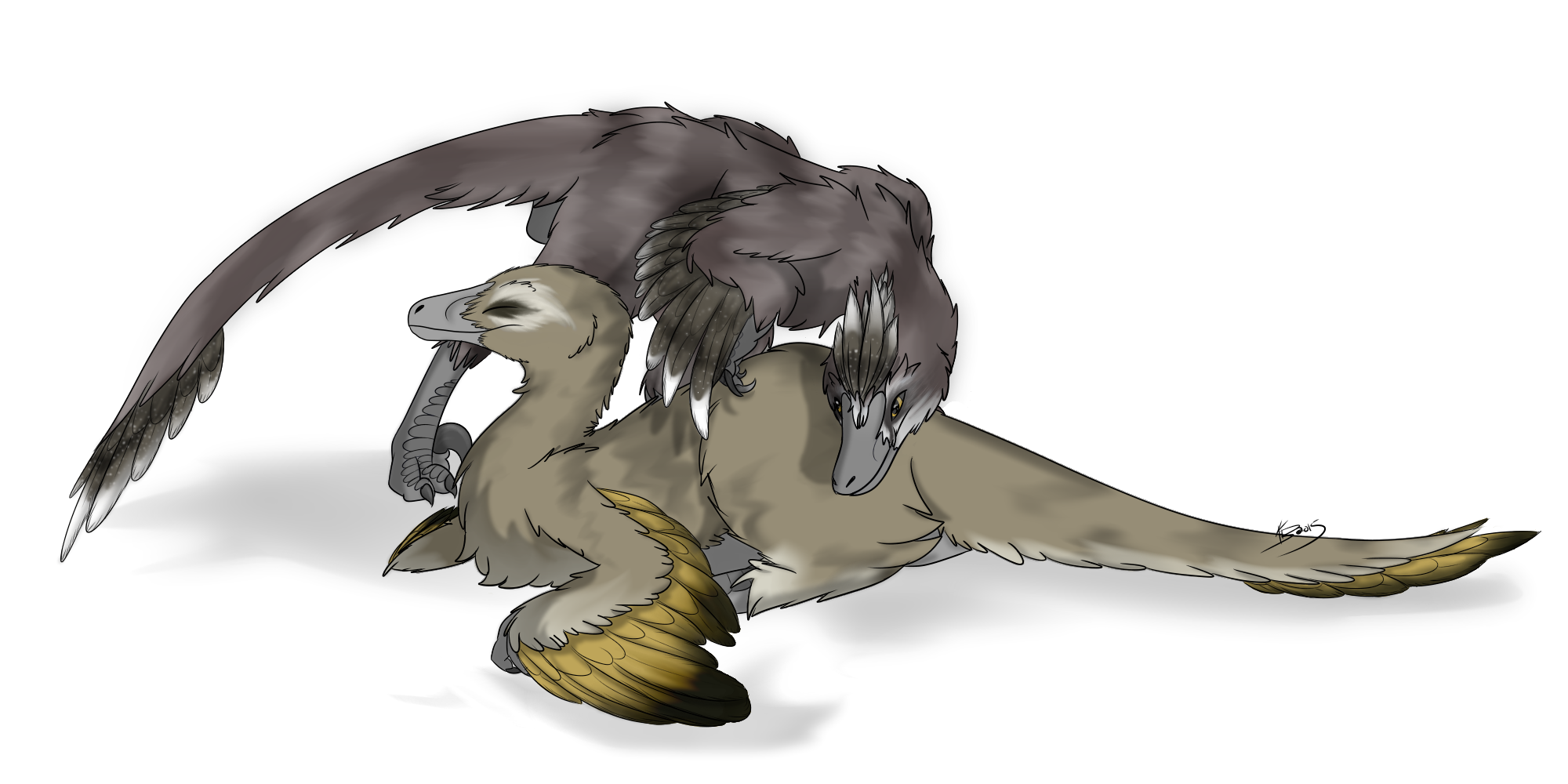
The size of prey animals became a crucial factor in survival strategies. Both miniaturization and gigantification emerged as viable responses to feathered predators, each with distinct advantages and trade-offs.
Miniaturization allowed prey species to hide in spaces too small for predators to access. Tiny animals could shelter in crevices, under debris, or in dense vegetation where larger predators couldn’t follow. This strategy often came with enhanced reproductive rates, allowing populations to recover quickly from predation losses. Some species became so small they could effectively disappear into their environment.
Gigantification took the opposite approach, making prey animals too large and dangerous for most predators to handle. These species often developed group defense strategies, using their size advantage to protect smaller community members. The energy requirements of maintaining large body size led to specialized feeding strategies and social structures that supported the nutritional needs of oversized individuals.
Water Worlds: Aquatic Escapes
Many prey species found salvation in aquatic environments, where feathered predators had limited hunting capabilities. This led to remarkable adaptations that allowed terrestrial animals to exploit aquatic niches.
Semi-aquatic lifestyles became common among prey species. These animals developed the ability to dive underwater when threatened, using lakes, rivers, and wetlands as temporary refuges. Physiological adaptations included enhanced lung capacity, improved oxygen utilization, and waterproof features that allowed extended underwater survival.
Some species took aquatic adaptation even further, developing permanent water-based lifestyles. These animals evolved streamlined body shapes, webbed appendages, and specialized feeding strategies adapted to aquatic environments. The transition to water represented a complete ecosystem shift, with entire food webs developing around aquatic prey species and their predators.
The Mental Game: Cognitive Evolution
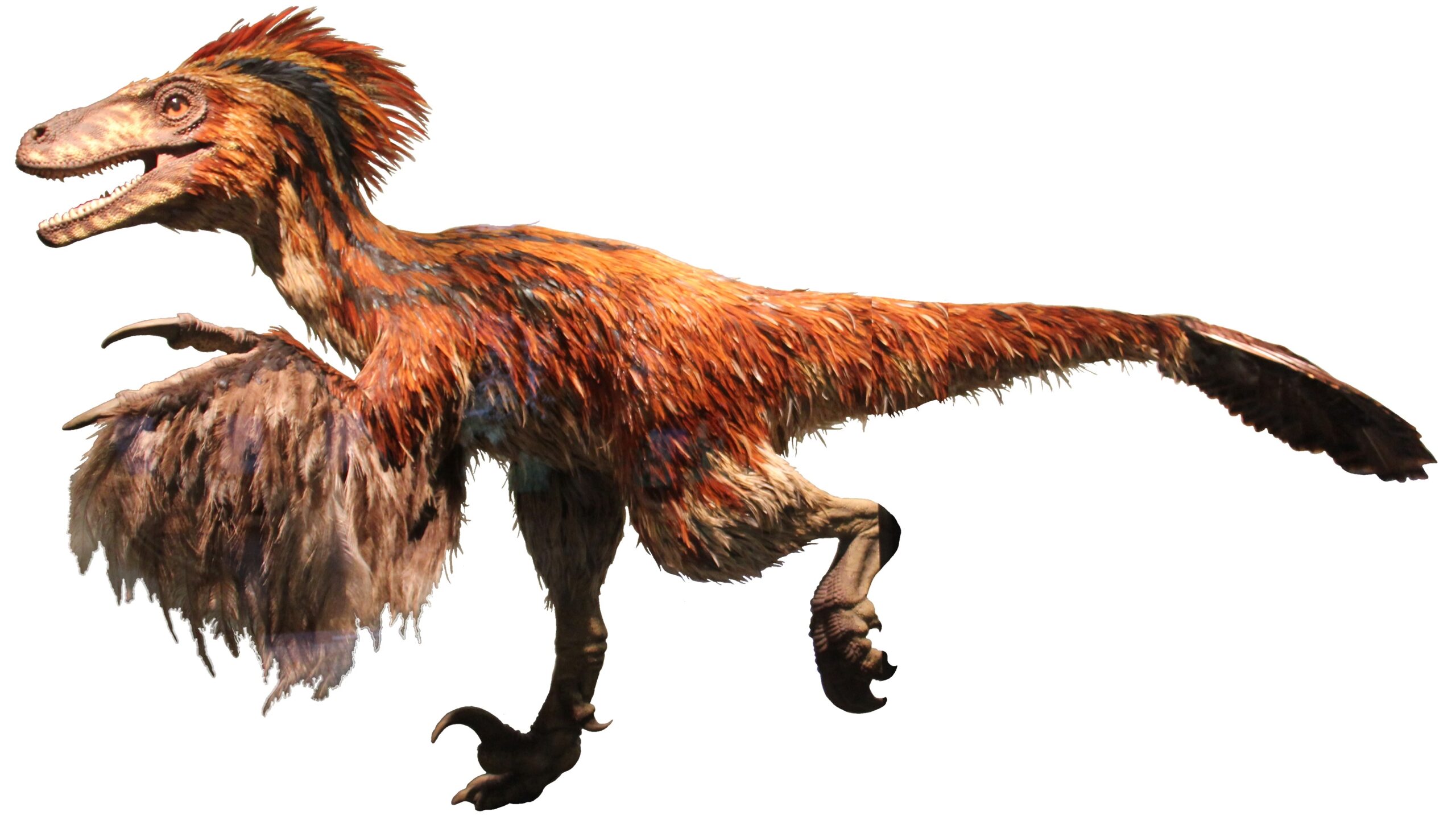
The pressure from intelligent feathered predators drove remarkable advances in prey animal cognition. Brain power became as important as physical adaptations in the survival equation.
Problem-solving abilities evolved rapidly in many prey species. Animals developed the capacity to learn from experience, recognize patterns in predator behavior, and adapt their responses accordingly. Some species evolved the ability to use tools for defense or to create artificial shelters that provided protection from aerial attacks.
Memory and learning became crucial survival skills. Prey animals developed the ability to remember the locations of safe refuges, the timing of predator activity, and the specific behavioral cues that indicated imminent danger. This cognitive evolution often involved increases in brain size and complexity, with enhanced neural networks dedicated to threat assessment and response coordination.
Seasonal Strategies: Adapting to Change
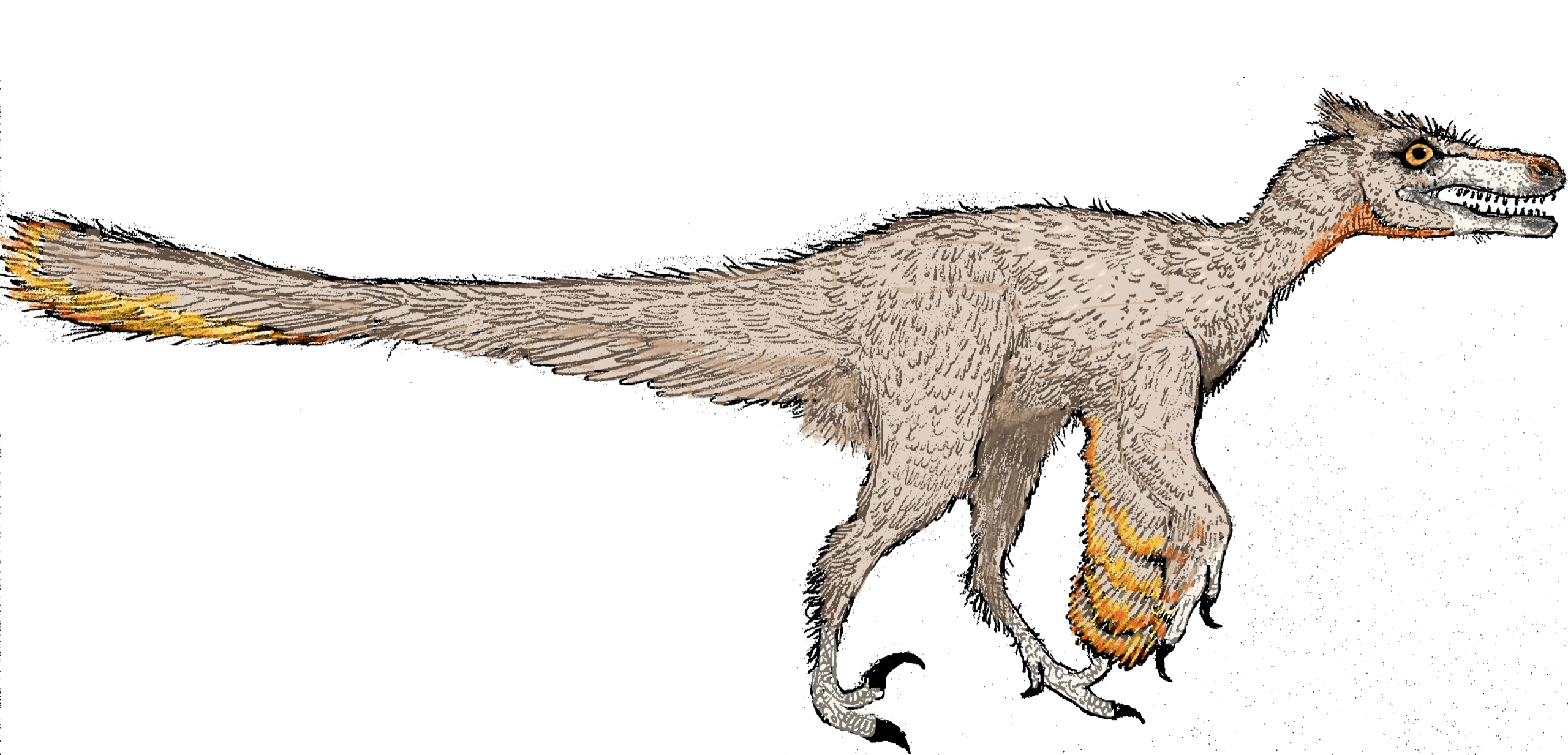
The cyclical nature of predator behavior led to the evolution of seasonal adaptations in prey species. These animals learned to modify their survival strategies based on predictable changes in predation pressure throughout the year.
Migration became a powerful survival strategy for many species. These animals developed the ability to move between different habitats based on seasonal predator activity, following routes that minimized exposure to feathered hunters. Some species evolved complex navigation abilities, using celestial cues, magnetic fields, or environmental landmarks to guide their journeys.
Seasonal physical changes also evolved in response to varying predation pressure. Some species developed the ability to change their appearance, behavior, or even body composition based on the time of year. These adaptations allowed them to optimize their survival strategies for different environmental conditions and predator activity levels.
The evolutionary arms race between feathered predators and their prey created some of the most remarkable adaptations in natural history. From underground cities to chemical weapons, from enhanced cognition to seasonal migrations, prey species developed an incredible array of survival strategies. These adaptations didn’t just help individual animals survive – they fundamentally shaped entire ecosystems and drove evolutionary innovations that continue to influence life on Earth today. The next time you see a bird of prey soaring overhead, remember that you’re witnessing the continuation of one of evolution’s most dramatic survival stories. What other incredible adaptations might be evolving right now in response to the challenges of the modern world?

